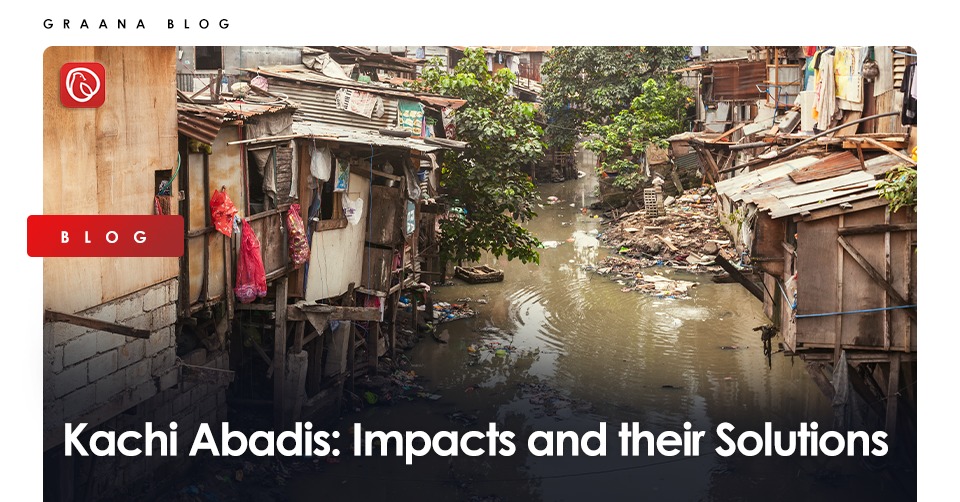
Today around 1 billion people dwell in slums all over the world. This growth is only set to multiply explosively as countries around the world experience rapid urbanisation. It is estimated that by 2050, around 70% of the world’s total population will reside in urban localities. Slums would consequently mushroom as a side effect of urbanisation, particularly in developing countries like Pakistan.
Various studies based on the correlation between the working status of low-income working women and their health have revealed that due to the lack of schooling and potential skills, women are forced to take on strenuous jobs in domestic settings, factories, or brick kilns. These women are also burdened with caretaking responsibilities of the entire household. The impact of this paid and unpaid work compromises their health and nutrition. They become more prone to fatigue, lack of nutrition, poor appetite, and recurrent diseases.
In the world, 168 million children aged 0-5 are malnourished, and 76% are present in Asian countries. Urban slums provide a vulnerable environment for children with complex social, biological, psychological, and economic factors. Children receive an inadequate diet that leads to stunted growth. Stunted growth increases infections, behavioural issues, cognitive problems, lower productivity, and slim chances for a successful future. Due to the lack of vaccination, many children also suffer from polio and deformations, further aggravating malnutrition.
A general prejudice against slum dwellers exists in urban settings, together with a socio-economic divide. The inequality is evident from;
Slum-dwellers have to pay a higher cost to access public services than other citizens and thus face a harsher brunt of diseases and disasters. This leads to the marginalisation of the poor community, with reduced participation in social mobility. It also negatively affects investment opportunities in nearby regions and job opportunities. The lack of tenancy rights and formal oversight segregates the entire area from urban life.
Slums are active sources of air, water, and land pollution. They are often used as waste sites that contaminate the water gushing through the untreated open drains. The emission from coal, firewood, and filthy water streams pollutes the air. The impact of this pollution spreads into the broader urban fabric, apart from direct effects on the health of slum dwellers.
Contaminated land and water degrades the quality of topsoil and infrastructure of informal settlements that are already weak in stature. There is barely any presence of trees which, if present, are used as firewood. The lack of education and resources aggravates the degradation of slum areas, pollution, and any opportunities for upgrading.
Being a signatory, Pakistan can achieve the Sustainable Development Goal (SDG) 11 that pertains to ensuring safety, resilience, and sustainability in urban planning and human settlements. The current government’s initiatives of ‘Ehsaas Program’ and ‘Naya Pakistan Housing and Development Authority’ are progressive in tackling covid-19 induced poverty and the lack of affordable housing. However, there’s still a lot to achieve in controlling slum proliferation.
Community building and genuine regard for poverty-stricken communities in slum areas lie at the heart of all solutions. Without these factors, any hope for eradicating slum-based poverty is far from reality. For how long will the government and its citizens turn a blind eye to the existence of slum areas? For how long will we continue to reap personal and economic benefits from these low-income groups on the one hand and disregard the plight of their living conditions on the other?
DUBAI: Pakistani real estate developers and representatives showcased a range of commercial and residential investment…
ISLAMABAD: Capital Development Authority (CDA) is currently undertaking a major Rs652 million project to upgrade…
Karachi – Mayor Barrister Murtaza Wahab has announced the launch of a citywide anti-encroachment operation…
ISLAMABAD: CDA Chairman Muhammad Ali Randhawa has directed the immediate restoration of 23 non-functional water…
ISLAMABAD: In a major relief for the real estate sector, the federal government has decided…
DHA Islamabad-Rawalpindi (DHAI-R), one of the most trusted names in Pakistan’s real estate landscape, is…